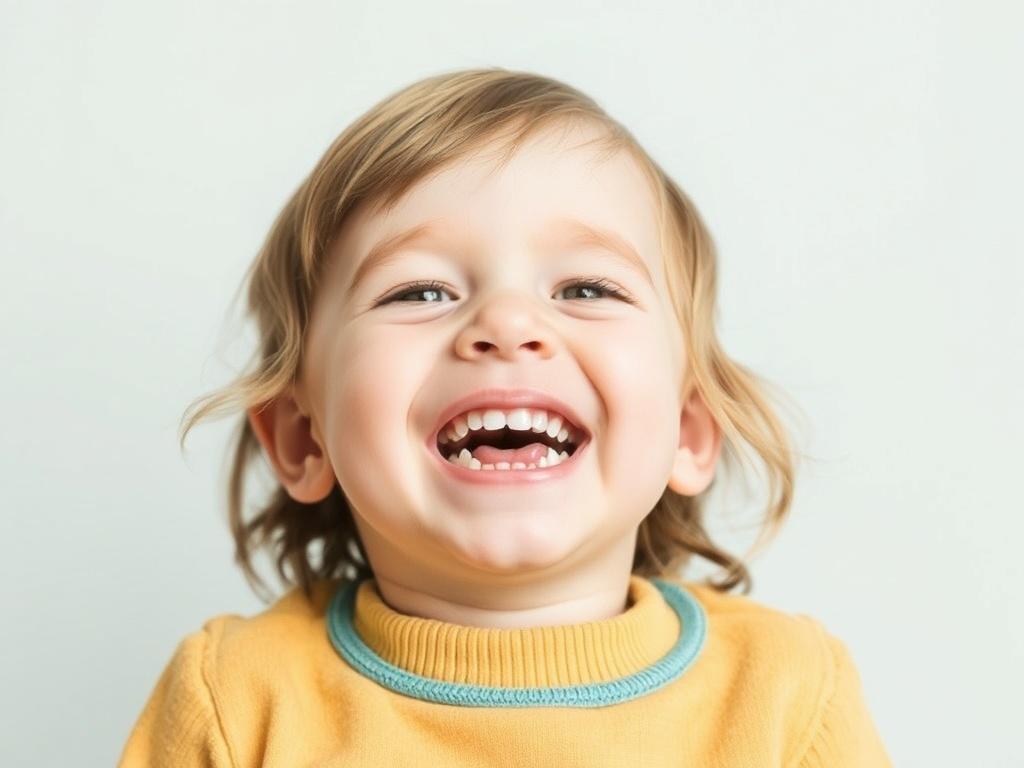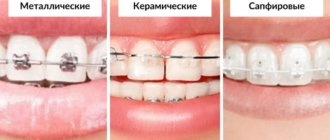Содержание
- 1 The Fascinating Journey of Baby Teeth
- 2 Why Do Children Lose Their Baby Teeth?
- 3 When Do Children Usually Start Losing Baby Teeth?
- 4 Signs That a Baby Tooth Is Ready to Fall Out
- 5 How Long Does the Baby Tooth Shedding Process Take?
- 6 What Happens If a Child Loses Baby Teeth Too Early or Too Late?
- 7 Tips to Make the Experience Positive for Children
- 8 Common Questions Parents Ask About Losing Baby Teeth
- 9 The Important Role of Dentists During This Phase
- 10 Fun Facts About Baby Teeth
- 11 What to Expect After Baby Teeth Fall Out
- 12 Final Thoughts: Navigating the Tooth Loss Years with Confidence
- 13 Conclusion
The Fascinating Journey of Baby Teeth
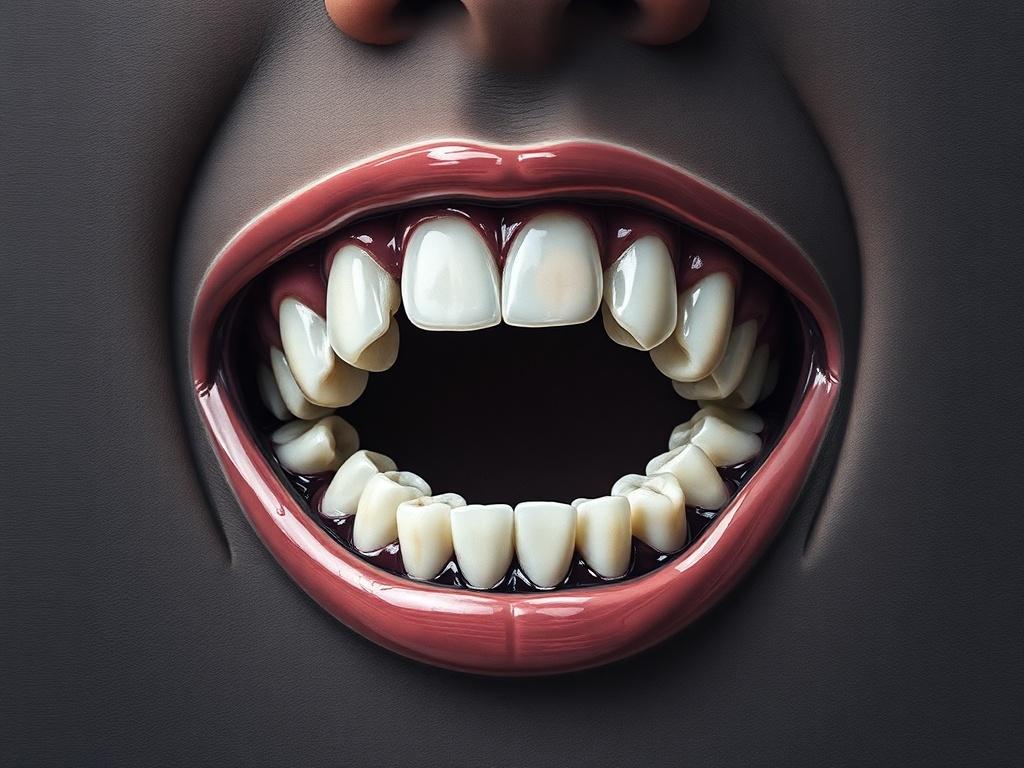
The moment a child’s first tooth appears is a magical milestone for parents, but equally important is the day those tiny teeth begin to fall out. If you’ve ever wondered, «When do children lose baby teeth?» you’re not alone. This transition from baby teeth to adult teeth is a natural and fascinating process filled with curiosity and some uncertainty. Understanding the timeline and what happens during this phase helps parents support their children better and alleviate any worries along the way.
Children typically start to lose their baby teeth around the age of six. This phase, often called the «mixed dentition» stage, can last several years as baby teeth gradually fall out and permanent teeth come in. It’s an exciting but sometimes confusing period for kids and parents alike. Knowing which teeth fall out first, how long the process takes, and what to expect can make this journey smoother and more fun.
Why Do Children Lose Their Baby Teeth?
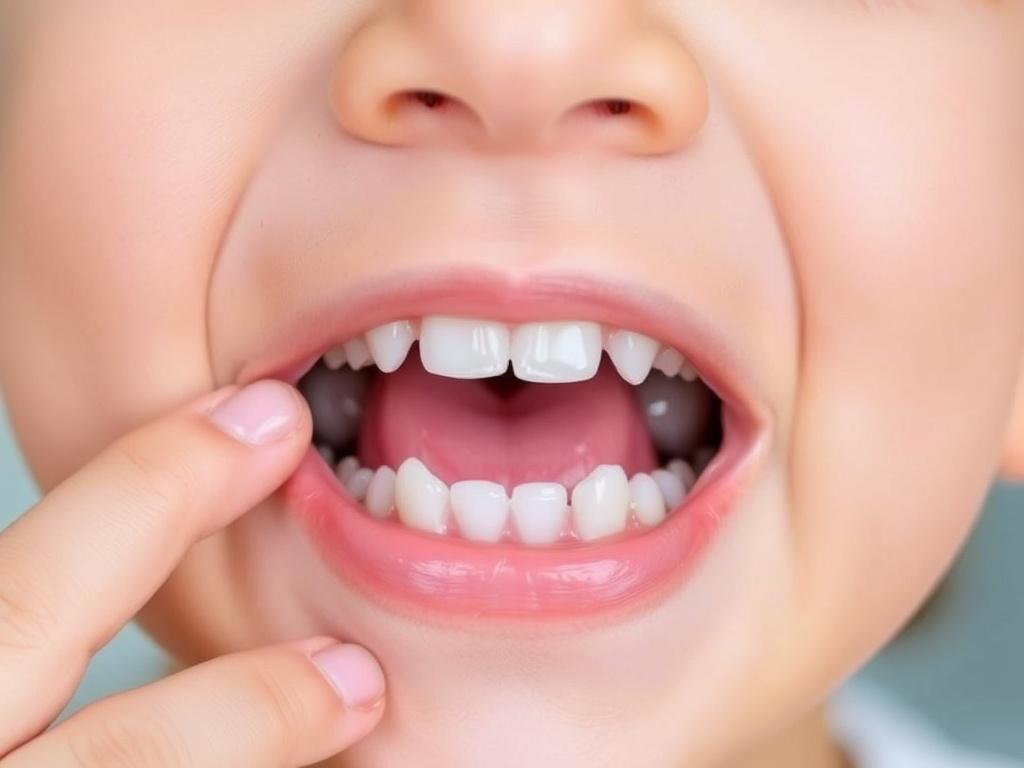
Before diving into the timeline, it’s helpful to understand why children lose their baby teeth in the first place. Baby teeth, also known as primary teeth, act as placeholders for the permanent teeth developing beneath the gums. As the child grows, these permanent teeth need space to emerge properly. When permanent teeth push through, they naturally loosen the baby teeth and cause them to fall out. This process is perfectly normal and an important part of growing up.
The baby teeth are critical for a child’s development as they aid in chewing proper nutrition, speaking clearly, and providing the right structure to the jaws and face. Losing them may seem awkward or a little scary, but it’s a sign that the body is growing and changing as it should.
When Do Children Usually Start Losing Baby Teeth?
Most children begin to lose baby teeth around age six, though the timing can vary. Some kids start as early as four, while others might not lose their first tooth until around seven or eight. It’s helpful to understand that this range is normal, and every child’s development happens at their own pace. For many, the front lower teeth (central incisors) are the first to go, followed closely by the front upper teeth.
A typical timeline looks like this:
- 4-7 years: Lower central incisors fall out
- 6-8 years: Upper central incisors fall out
- 7-9 years: Lateral incisors fall out
- 9-12 years: First molars and canines fall out
- 10-12 years: Second molars fall out
| Baby Tooth | Typical Age to Start Losing | Replacement Adult Tooth |
|---|---|---|
| Lower Central Incisors | 4–7 years | Lower Central Incisors |
| Upper Central Incisors | 6–8 years | Upper Central Incisors |
| Lateral Incisors | 7–9 years | Lateral Incisors |
| First Molars | 9–11 years | First Premolars |
| Canines | 9–12 years | Canines |
| Second Molars | 10–12 years | Second Premolars |
Signs That a Baby Tooth Is Ready to Fall Out
Parents often want to know how to tell when a baby tooth is ready to come out. Generally, a loose tooth is the first sign. The tooth may wiggle easily with gentle touch or when eating. Some children even look forward to wiggling their loose teeth to speed up the process! However, it’s important to never force or pull a tooth out prematurely, as it can cause pain or damage to the gums.
Other signs include:
- The tooth moves noticeably back and forth
- Small gaps appear as the tooth loosens
- The child feels mild discomfort around the tooth’s roots
- New adult teeth start showing through the gums nearby
How Long Does the Baby Tooth Shedding Process Take?
The process of losing baby teeth and gaining adult ones takes several years, typically from about six to twelve years old. Some children may finish this transition earlier or later, and that is perfectly normal too. The entire journey includes baby teeth loosening, falling out, followed by adult teeth breaking through the gums. Sometimes a gap may appear, or a new tooth may come in before the baby tooth is gone, which can look unusual but is generally harmless.
During this time, it’s important to maintain good oral hygiene to avoid cavities or infections in loose teeth, which can complicate the process.
What Happens If a Child Loses Baby Teeth Too Early or Too Late?
Children who lose baby teeth too early or too late may need additional attention from a dentist or orthodontist. Early loss could happen due to injury or tooth decay and may cause issues with spacing for adult teeth, possibly leading to crowded or misaligned teeth. In such cases, a space maintainer might be recommended to preserve the gap until the permanent tooth erupts.
On the other hand, if baby teeth don’t fall out on time, permanent teeth may become crowded, or some may get stuck under the gums, a condition called impaction. A dentist will often monitor delayed shedding and may suggest treatments to help permanent teeth come in correctly.
Tips to Make the Experience Positive for Children
Losing baby teeth is a big step for young children, so it’s essential to create a positive, reassuring environment. Here are some simple tips:
- Celebrate the milestone: Make losing teeth fun with a «tooth fairy» tradition or small rewards.
- Encourage gentle wiggling: Let children wiggle their loose teeth with clean hands to promote natural loosening.
- Maintain proper oral hygiene: Brushing and flossing should continue carefully around loose teeth.
- Offer soft foods: Softer foods are easier to eat when teeth are loose or sore.
- Visit the dentist regularly: Regular checkups ensure that baby teeth fall out at the right time and adult teeth develop correctly.
Common Questions Parents Ask About Losing Baby Teeth
When do children lose baby teeth?
As mentioned, most kids start losing baby teeth around six years old, but this can range from four to eight years. It’s important to remember that every child is unique, and the timeline can shift slightly without cause for alarm.
Is it normal for a baby tooth to be loose for weeks?
Yes, it is normal. Sometimes teeth stay loose for days or even a few weeks before falling out, as the root dissolves slowly. If the tooth is causing pain or looks infected, consult a dentist.
Can I pull out a baby tooth if it’s very loose?
Generally, it’s best to let the tooth fall out naturally. However, if the tooth is very loose and ready to come out, gentle wiggling or pulling can be okay with clean hands, but be careful and avoid causing pain.
What if a baby tooth falls out too early?
If a baby tooth is lost too soon due to injury or decay, see a dentist. They may use a space maintainer to preserve the gap for permanent teeth and avoid misalignment later.
Should I be worried if my child hasn’t lost any baby teeth by age seven?
Usually, this isn’t a problem, but a dental checkup can ensure the teeth are developing correctly and that no permanent teeth are impacted or delayed.
The Important Role of Dentists During This Phase
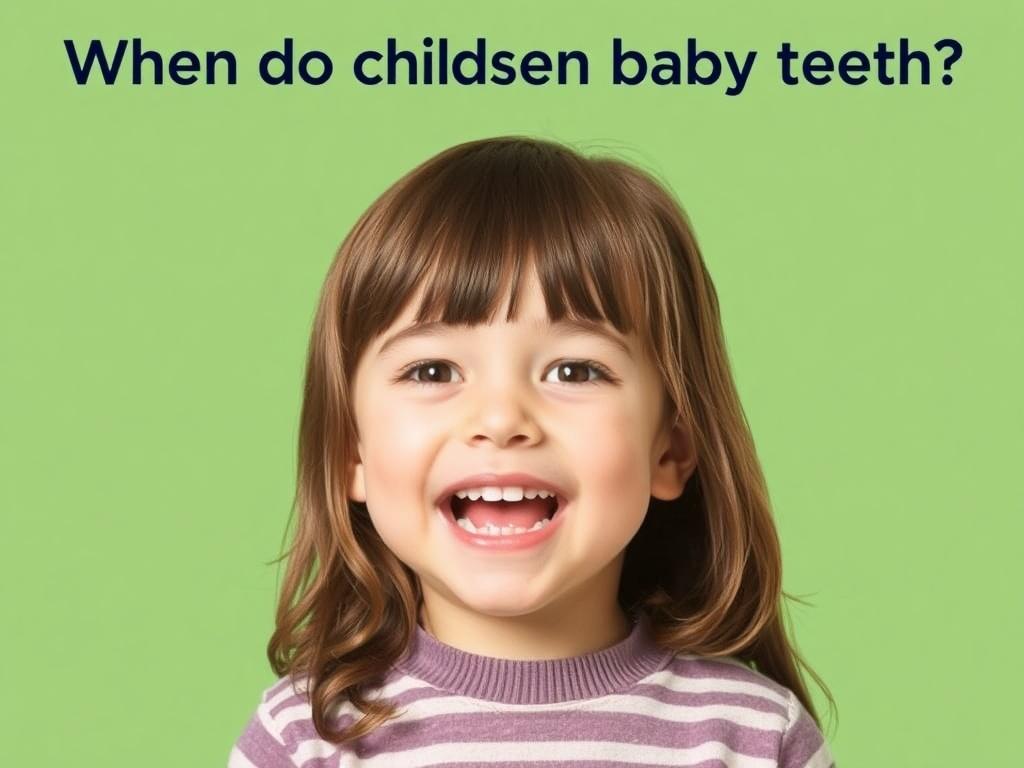
Dentists play an essential role in guiding children and parents through the tooth-shedding phase. Regular dental examinations allow professionals to track progress and address any concerns, such as cavities in baby teeth, overcrowding, or early or late shedding. Dentists can provide practical advice, help with discomfort, and, when necessary, refer children to orthodontists for further care.
Maintaining routine dental hygiene during this time also prevents tooth decay and gum disease, which are critical to ensuring healthy permanent teeth.
Fun Facts About Baby Teeth
- Children have 20 baby teeth, which are eventually replaced by 32 permanent teeth.
- Baby teeth begin to develop before birth, but usually appear around six months old.
- The roots of baby teeth dissolve gradually to allow them to fall out easily.
- In some cultures, it’s customary to save baby teeth or celebrate a child’s lost tooth with special keepsakes.
- Some adults retain their baby teeth if permanent teeth fail to develop beneath them—a rare condition called retained primary teeth.
What to Expect After Baby Teeth Fall Out
After a baby tooth falls out, the permanent tooth underneath will gradually move into place. Sometimes it may appear slightly crooked or spaced out when it first emerges, but typically, as more teeth come in, the mouth adjusts and aligns naturally. If misalignment or crowding occurs, early orthodontic treatment can help.
It’s normal for children to feel some tenderness or slight soreness when new teeth appear. Eating soft foods and practicing gentle oral care can ease discomfort.
Understanding when children lose baby teeth and what to expect makes a big difference for parents and kids during this important developmental stage. From the first wiggly tooth to the emerging adult smile, this journey is a significant chapter in growing up. By knowing the typical timeline, recognizing signs when teeth are ready to fall out, and maintaining good dental habits, families can enjoy this time with excitement rather than worry.
Regular dental visits and open conversations about what’s happening foster a healthy attitude toward oral care. After all, those tiny baby teeth may be going, but they’re making way for a lifetime of healthy smiles!
Conclusion
In summary, children typically begin to lose baby teeth around the age of six, with some variation on either side of this average. This process, lasting several years, allows permanent teeth to replace the primary ones and is a natural part of childhood development. Understanding the signs of tooth readiness, maintaining good oral hygiene, and seeking dental guidance when necessary can make this transition smooth and positive. Whether it’s the excitement of a loose tooth or the comforting routine of a dental checkup, embracing this phase helps children build healthy habits and confidence in their ever-changing smiles.

